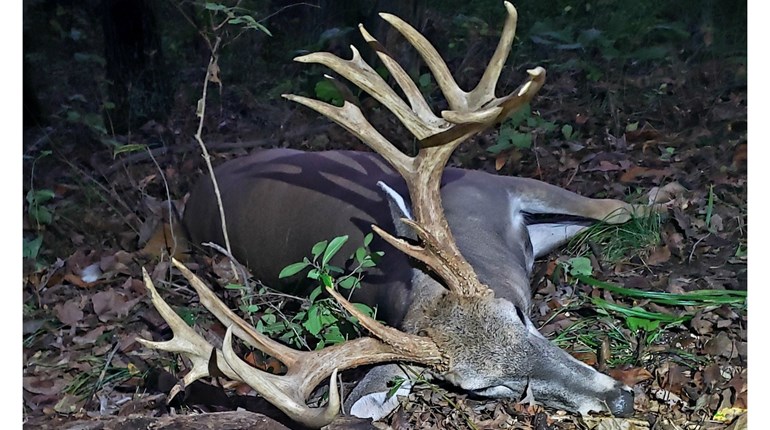
Everyone who hunts has their favorite method of collecting their game trophy. For some it is archery or primitive muzzleloaders. The next fellow is all about accurate, precision rifles. While I have certainly hunted with rifles, I get my biggest kick out of handgun hunting. There is just something about putting the sneak on a game animal and collecting him with one of my iron-sight, single-action revolvers and I’ve been enjoying that challenge for most of my adult life. And it is the rare handgunner who hasn’t given some thought to trying this form of hunting sport. What follows are a few things that I have learned along the way that might help make that handgun hunt a success.
Cartridge & Bullet Selection
It is very important to select a hunting caliber that possesses the power needed to make clean, humane kills on the game we are hunting. And, of course, that depends upon the exact kind of game that we are hunting. I might do a great job taking wild turkey, where legal, with my .357 Magnum loaded with a good cast bullet. However, that is probably not a good choice if it was black bear that I was after. And, if I’m in doubt, I would rather go with too much power than too little.
An often-overlooked issue with handgun hunting is selecting the right bullet for the job. While a jacketed soft-point bullet might be just fine for use on our Texas Hill Country whitetail deer, I would want something that gave a good deal more penetration if the target was feral hogs. And, on a hunt where both might be targets, it would be an excellent idea to lean towards the penetration end of the equation. The wise handgunner will always try to match the caliber to the game being hunted, and make sure that he has a tough enough bullet to get the job done.
Finding Your Effective Range
For our purposes, the handgun hunter’s effective range is whatever distance he can dependably place his shots inside a 6”-8” diameter circle. This doesn’t mean how far we can hit once in a while … instead, to do it dependably, on demand. A good exercise is to buy some of those dessert-size paper plates and use them for practice targets.
You may find, at first, that your effective range is about 25 yards; so be it. With practice and determination, that range can be extended as one’s handgun hunting experience increases. In my case, using iron-sighted revolvers, 50 yards is my effective range. And one of the toughest things about handgun hunting is to watch the trophy buck of your dreams walk away because he is just a bit too far out; but if we value the sport and honor the animal, that is exactly what we do.
Practice from Field Positions
The only time to shoot the hunting handgun off of sandbags on the shooting table is when you’re first sighting-in the hunting load. After that, the smart handgun hunter does all of his practice from the sort of positions that he will actually use in the field. Practice should be done from standing, kneeling, and sitting—although I rarely use the prone position because grass, brush, and other obstacles just make it impractical in the field. One of my favorites is to sit with my back against a tree or boulder, with my knees drawn up, and resting the arms on the knees with a two-hand hold; this is not a tiring position and one can sure do some accurate work from it.
Having hunted for most of my life, I have never taken a record-book game animal. But I have taken numerous critters that were superb personal trophies. But it sure doesn’t happen every time I go out. When stalking game with a handgun, one often goes home empty-handed and one needs to learn to live with this. After all, it’s really all about the hunting, not the killing.
The bonus I’ve found as a handgun hunter is that I have learned a whole lot more about doping the wind, moving quietly in the woods, and paying attention to what is going on around me. Handgun hunting has made me a better woodsman. And that is just part of the kick I get out of the sport.






































